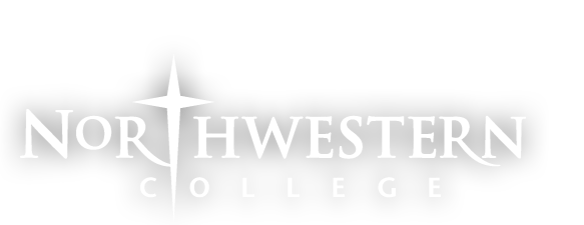Abstract
Batten disease is a rare, pediatric, neurological disorder that is the result of a mutation in one of 13 CLN genes. Batten disease has an incidence rate of 1 out of 100,000 births worldwide with CLN3 being the most common form. Being a genetic disorder, gene therapy is an ideal treatment approach for Batten disease. Diagnosis of disease, however, typically does not occur until disease has progressed, when the ideal therapeutic window for gene therapy has already passed. Additionally, the durability of viral-delivered gene therapy over time is poorly understood. AF38469, a small molecule inhibitor of sortilin, was developed for treatment of frontotemporal dementia. Previous work in our lab has shown that treatment with AF38469 promotes lysosomal proliferation and health through the activation of transcription factor EB (TFEB) and its subsequent upregulation of lysosomal gene expression. Here, we present the small molecule, AF38469, as an alternative or synergistic treatment for CLN3 Batten disease. After determining that treatment with AF38469 has a positive effect on CLN3 disease pathology, we sought to understand how AF38469 impacts localization of lysosomal proteins, specifically progranulin, a ligand of sortilin. To execute this, immunocytochemistry was used to visualize the localization of progranulin in the early, mid, and late stages of the endolysosomal pathway. Mouse embryonic fibroblasts (MEFs) from wild type and CLN3Δ7/8 models were treated with AF38469 (40nM), and proteins of interest were labeled and imaged on the Nikon 90i. We concluded that following drug treatment, RAB5, an endosome marker, and LAMP1, a lysosomal marker, were decreased while progranulin (PGRN) and SORT1 were increased in cells. Additionally, cells treated with AF38469 demonstrate decreased PGRN and SORT1 colocalization, suggesting that AF38469 is altering PGRN and SORT1 binding. Collectively these data demonstrate alterations in the endolysosomal pathway following AF38469 treatment.
Effects of Treatment with AF38469 on Localization of Lysosomal Proteins in Batten Disease in Vitro Models
Batten disease is a rare, pediatric, neurological disorder that is the result of a mutation in one of 13 CLN genes. Batten disease has an incidence rate of 1 out of 100,000 births worldwide with CLN3 being the most common form. Being a genetic disorder, gene therapy is an ideal treatment approach for Batten disease. Diagnosis of disease, however, typically does not occur until disease has progressed, when the ideal therapeutic window for gene therapy has already passed. Additionally, the durability of viral-delivered gene therapy over time is poorly understood. AF38469, a small molecule inhibitor of sortilin, was developed for treatment of frontotemporal dementia. Previous work in our lab has shown that treatment with AF38469 promotes lysosomal proliferation and health through the activation of transcription factor EB (TFEB) and its subsequent upregulation of lysosomal gene expression. Here, we present the small molecule, AF38469, as an alternative or synergistic treatment for CLN3 Batten disease. After determining that treatment with AF38469 has a positive effect on CLN3 disease pathology, we sought to understand how AF38469 impacts localization of lysosomal proteins, specifically progranulin, a ligand of sortilin. To execute this, immunocytochemistry was used to visualize the localization of progranulin in the early, mid, and late stages of the endolysosomal pathway. Mouse embryonic fibroblasts (MEFs) from wild type and CLN3Δ7/8 models were treated with AF38469 (40nM), and proteins of interest were labeled and imaged on the Nikon 90i. We concluded that following drug treatment, RAB5, an endosome marker, and LAMP1, a lysosomal marker, were decreased while progranulin (PGRN) and SORT1 were increased in cells. Additionally, cells treated with AF38469 demonstrate decreased PGRN and SORT1 colocalization, suggesting that AF38469 is altering PGRN and SORT1 binding. Collectively these data demonstrate alterations in the endolysosomal pathway following AF38469 treatment.

